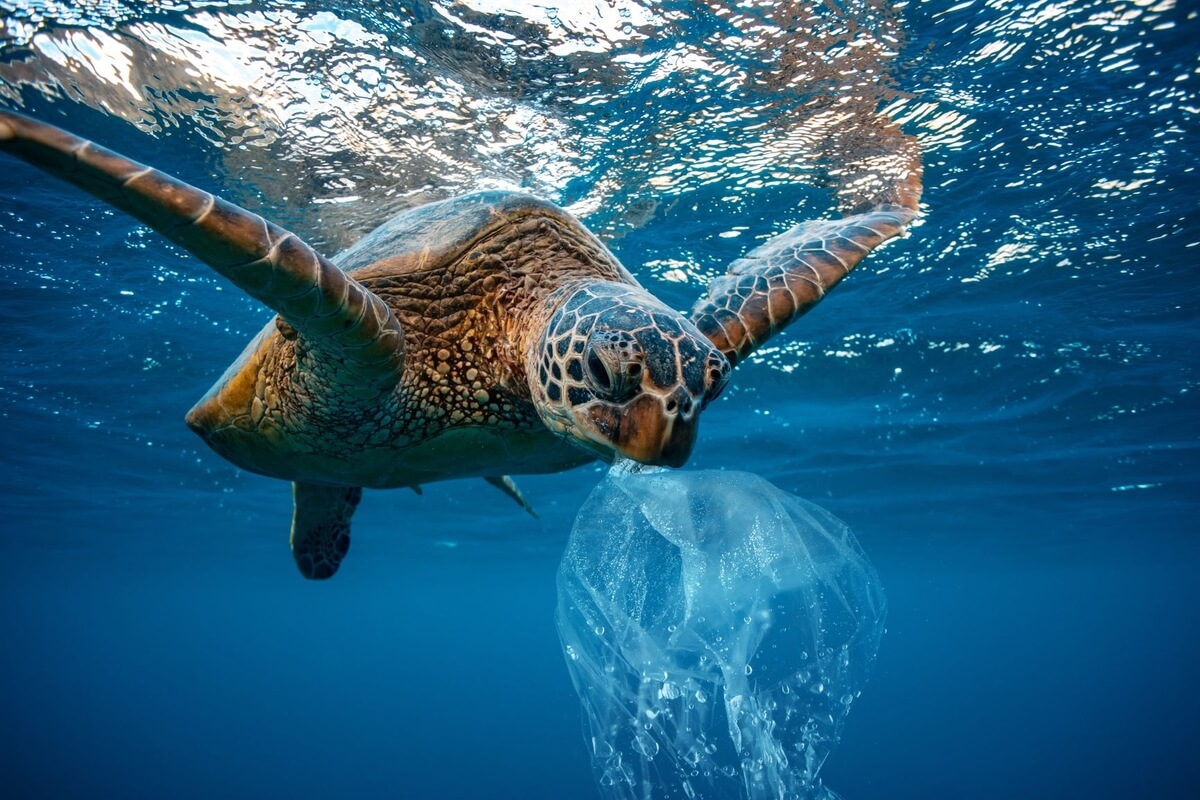The challenges our oceans face, from plastic pollution to vanishing coral reefs, can appear overwhelming. However, don’t despair. Several simple life changes can have a significant positive impact on our environment and help keep the oceans clean and healthy. Here are some straightforward steps anyone can take to make a difference:
1. Choose Sustainable Seafood
Eating fish is a favorite for many, but it’s essential to make responsible choices. Opt for sustainable fish varieties that are not endangered. Programs like the Monterey Bay Aquarium’s “Seafood Watch” offer online guides to help you determine which fish are sustainable in your region.
These guides can also be downloaded and printed for easy reference. Common seafood choices in the US, such as shrimp, salmon, and tuna, can still be enjoyed responsibly. Look for shrimp from the US or Canada, salmon caught in the US Pacific or Canada, and canned tuna labeled “pole-caught,” “pole-and-line-caught,” or “troll-caught.”
Consider the fishing methods used as well. Ensure your fish is not caught in nets that lead to bycatch, as this unintentionally traps turtles, seabirds, and whales, contributing to their decline. Protecting these majestic creatures is essential, as they play a crucial role in sequestering carbon emissions and preserving the environment.
2. Ditch Single-Use Plastics
Single-use plastics are a significant contributor to ocean pollution, landfills, and even human health concerns. Jennifer Savage of the Surfrider Foundation suggests supporting businesses that avoid single-use plastics.
If you encounter a restaurant that still uses plastic utensils, politely decline them and propose alternative, sustainable takeaway options such as bamboo utensils, paper containers, and straws, or even more eco-friendly choices like washable plates and cutlery. Not only is this better for the environment, but it also saves money in the long run.
Consumers are increasingly opting for less disposable options and are happier using real plates and metal utensils. Furthermore, as awareness grows about microplastics infiltrating our bodies, it’s becoming increasingly apparent that consumers prefer non-plastic dining options. The Surfrider Foundation provides an online guide to ocean-friendly restaurants, making it easier for you to choose environmentally conscious dining establishments.
3. Understand the Reality of Plastic Recycling
It’s crucial to recognize that the majority of plastic doesn’t actually get recycled. According to Jennifer Savage, the US plastic recycling rate hovers at only about 5% to 6%. The numbers marked on the bottom of plastic items (1 and 2, and occasionally 5) are your best options for recycling, depending on your local recycling capabilities.
Symbols like the “chasing arrow” that you often see on plastic containers are not a guarantee of recyclability. Unfortunately, most of this plastic ends up in landfills. Some states, like California, are taking measures to combat misleading labeling and are banning the symbol on non-recyclable plastics.
Conclusion
Whenever possible, reduce your use of single-use plastic and Styrofoam, support businesses that promote eco-friendly practices, and engage with your representatives to advocate for the gradual phasing out of single-use plastics.
By making these simple but impactful changes in your life, you can significantly contribute to cleaner oceans and a healthier environment. Remember that collective actions lead to substantial positive outcomes, making every small effort count in the protection and preservation of our oceans.


